
Button hooks, a vital tool before zip fasteners
A button hook is a tool to do up buttons easily; it is basically a handle on a small hook which can go through a button hole and round the button to grip it and pull it through. This page describes use in the past before zip fasteners, when every household had one or more of various sizes, styles and elegance. At that time, the normal spelling was buttonhook, all one word, although today, it is usual to split into two words.
____
By the webmaster, based childhood observations and additional research
Why button hooks were once essential
Years ago, there were no zip fasteners. Buckles existed, but they were not feasible for small scale use. Laces also existed, but they tended to tear delicate clothes. Hence the widespread use of buttons. However, tiny buttons for shoes and elegant clothes were too fiddly for fingers to manage easily. Button hooks to the rescue!
How to use a button hook
Button hooks were only used for doing up buttons that were too small to manage easily by hand. To do one up, the hook was poked through the button hole and the point slid under the button. Then it was pulled back out through the button hole, bringing the button with it. A small twisting motion then released the button.
Undoing the buttons could be done just with fingers, as all that was needed was a pushing and twisting motion into the fabric or leather, so that the button popped back through. Even as a young child, I could do it.
Button-up shoes
As a young child growing up in the early 1940s, my shoes all did up with buttons which had to go through button-holes in leather straps, as shown in the following pictures. It was just possible to do up these buttons with the fingers, but it was not easy and it hurt. With a button hook it was straightforward.
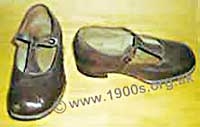
Button-up strap shoes
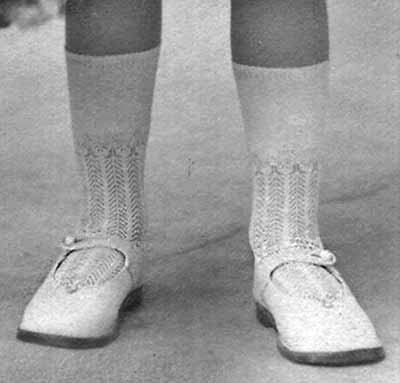
Button-up shoes tended to be for quite young children, but they were not really practical because they could only fit properly on one particular size of foot. As feet grew, they put pressure on the buttons which worked loose and eventually came off. They then had to be sewn back on again, using a thimble and a strong needle to get the thread through the leather.
Shoe buttons were not regular buttons. The picture shows how they had a metal 'shank' which allowed for the thickness of the leather. The metal shank was sewn onto the leather.
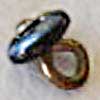
Shoe button, a shank button. Note its large rounded metal shank.
Shank buttons were also used for men's heavy work-ware so that they would go through the thick fabric. They were held in place at the back of the fabric with a clip like a short hair grip so that they could easily be removed and replaced for going through the mangle on washday.
The next photo shows a button hook specially designed for shoes as it incorporates a shoe horn.
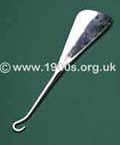
Button hook designed specifically for shoes incorporating a shoe horn
Incidentally I was very relieved to see the end of button-up shoes. This happened for me when buckles replaced the shoe buttons. There were several holes in the strap which allowed the buckle to be done up in several positions, for a better fit. I suppose I must have been about 7 years old when I had my first pair of buckle-up sandals. I can't remember my first pair of lace-up shoes.
Button-up boots
In Victorian and Edwardian times, all except the poorest children wore boots in the cold weather. I have been looking at my collection of old photos and can see that they were lace-ups for everyday ware, but button-up for special occasions. These button-up boots would have needed button hooks to do up.
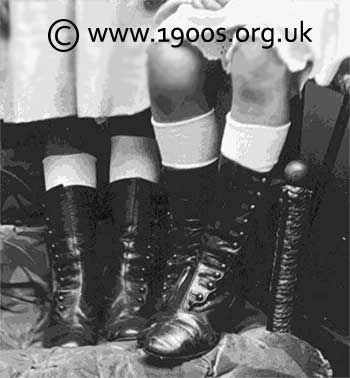
Button-up children's boots early 20th Century
Button-through boots were also used by women, particularly dancers in theatres and night clubs.
Button-up clothes made of delicate fabric
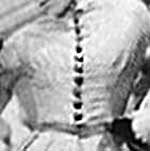
A dress of delicate fabric done up with small buttons. (If you have a better picture, please contact me.) Such buttons could not be done up without a button hook.
Button hooks as attractive accessories
The profusion of really elegant button hooks still in family collections show that they were regarded as elegant accessories. A few samples were probably kept on display on dressing tables along with hand mirrors and hair brushes.
Zip fasteners were the beginning of the end for button hooks.
As a child in the 1940s, I only saw button hooks used for children's shoes. This was wartime and the period of austerity after the war. So ordinary people didn't go in for elegant partywear.
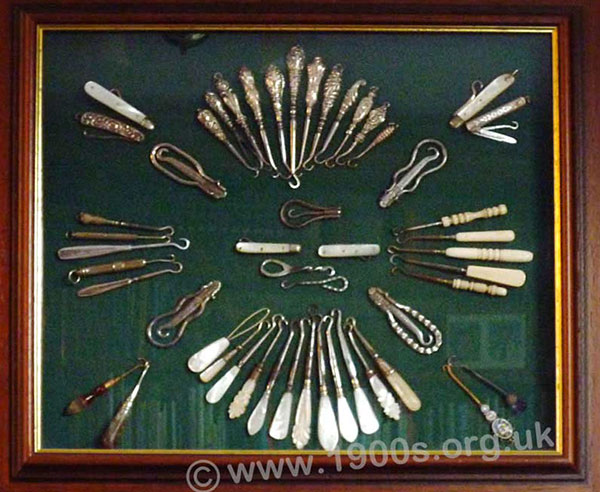
Wide range of styles of button hooks in use up to the mid-20th century - from the everyday type with metal or wood handles to the elegant accessories with handles made of mother of pearl, embossed silver, tortoiseshell and carved ivory, etc. As the photo shows, there are also folding button hooks. Photo courtesy of Anne Davey.
sources: early 20th century material
sources: ww2 home front and other material
contact
the webmaster/author/researcher/editor
privacy policy
















